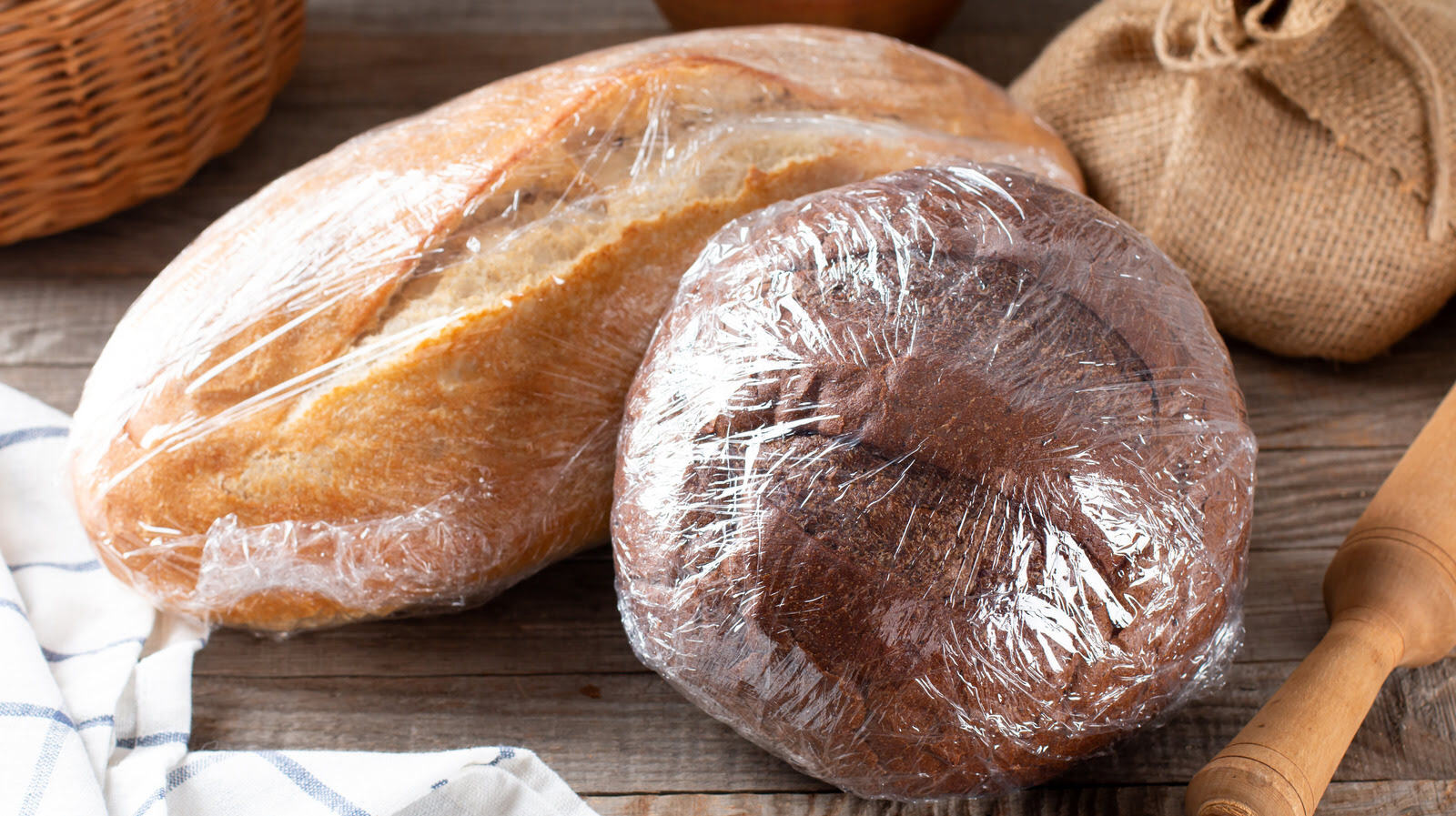

Articles
How To Store Fresh Sourdough
Modified: December 7, 2023
Learn how to store fresh sourdough bread and keep it fresh for longer with these helpful articles.
(Many of the links in this article redirect to a specific reviewed product. Your purchase of these products through affiliate links helps to generate commission for Storables.com, at no extra cost. Learn more)
Introduction
Storing fresh sourdough is essential to maintain its quality and freshness. Sourdough, with its unique flavor and texture, requires proper storage techniques to retain its taste and prevent it from going stale or moldy. Whether you have baked a homemade sourdough loaf or purchased it from a bakery, knowing the right way to store it will ensure that you can enjoy it for an extended period of time.
In this article, we will explore the different methods of storing fresh sourdough, from choosing the right container to maintaining a sourdough starter. With the help of these tips and tricks, you can prolong the life of your sourdough and savor its deliciousness for days to come.
Key Takeaways:
- Properly storing fresh sourdough is crucial for maintaining its flavor and freshness. From choosing the right container to reviving frozen sourdough, these techniques ensure every slice delivers delightful taste and texture.
- Maintaining a sourdough starter requires regular feeding, consistent routines, and proper storage. With patience and care, you can enjoy the benefits of a vibrant and healthy sourdough starter for countless delicious bakes.
Read more: How To Store Sourdough
Choosing the Right Container
When it comes to storing fresh sourdough, selecting the right container is crucial. The container you choose should provide an airtight seal to prevent the bread from drying out and to keep it protected from any external moisture that could lead to mold growth. Here are some options to consider:
- Bread Box: A traditional bread box is an excellent choice for storing sourdough. It provides ventilation while keeping the bread protected from direct light and excessive moisture.
- Airtight Container: Opt for a container specifically designed for storing bread. Look for one that has a tight-fitting lid to maintain freshness. Plastic or glass containers with a silicone seal are ideal.
- Reusable Bread Bag: Another eco-friendly option is a reusable bread bag. These bags are made of breathable fabric and are designed to keep bread fresh for an extended period.
Whichever container you choose, make sure it is clean and dry before placing your fresh sourdough inside.
Wrapping the Sourdough Loaf
Properly wrapping your sourdough loaf before storing it is essential to maintain its freshness and prevent it from drying out. Here’s how you can wrap your sourdough:
- Allow the bread to cool completely: Before wrapping your sourdough, ensure that it has cooled down to room temperature. This helps prevent condensation and moisture buildup inside the wrapping.
- Use parchment paper: Place a sheet of parchment paper under the loaf to prevent it from sticking to the wrapping material.
- Wrap the loaf in plastic wrap: Gently wrap the sourdough loaf with plastic wrap, ensuring that it covers the entire loaf tightly. This helps create a barrier to protect the bread from excess air exposure. Alternatively, you can use beeswax wraps or reusable silicone food wraps to reduce plastic waste.
- Place it in the chosen container: Once your sourdough loaf is wrapped, carefully place it in the selected container, ensuring a snug fit to maintain freshness. If using a bread box, simply place the wrapped loaf inside and close the lid.
Remember, the key is to prevent air and moisture from reaching the bread, as this can lead to staleness and mold growth. By following these steps, you are ensuring that your sourdough loaf remains fresh and tasty.
Storing at Room Temperature
Storing fresh sourdough at room temperature is an ideal method if you plan to consume it within a few days. Here are some guidelines to follow when storing your sourdough at room temperature:
- Keep it in a cool, dry place: Find a spot in your kitchen or pantry away from direct sunlight, heat sources, and excessive humidity. Avoid storing your sourdough near the stove, oven, or a window.
- Ensure proper air circulation: If you choose to store your sourdough wrapped in plastic wrap, make sure to leave a small opening or use a bread box with ventilation holes to allow for proper air circulation. This prevents moisture buildup and helps maintain the bread’s texture.
- Check for freshness: Sourdough stored at room temperature is best consumed within 2-3 days. Before consuming, check for any signs of mold or staleness. If the bread starts to lose its freshness, consider moving it to the refrigerator or freezing it to extend its shelf life.
Remember that room temperature storage is suitable for short-term storage only. If you plan to store your sourdough for a more extended period, it is recommended to use alternative storage methods such as refrigeration or freezing.
Refrigeration Storage
Refrigerating your fresh sourdough is a great option if you want to extend its shelf life beyond a few days. Follow these steps to properly store your sourdough in the refrigerator:
- Wrap the sourdough: Ensure that your sourdough is properly wrapped in plastic wrap or placed in an airtight container to prevent it from drying out in the refrigerator.
- Choose the right shelf: Place the wrapped sourdough on a middle or lower shelf in your refrigerator. This helps maintain a consistent temperature and prevents exposure to fluctuating temperatures near the door or top shelves.
- Keep away from strong-smelling foods: Sourdough has a porous texture, which means it can absorb strong odors from other foods in the refrigerator. Store it away from items like onions, garlic, or strongly scented cheeses to maintain its original flavor.
- Label and date: If you have multiple sourdough loaves or other food items in the refrigerator, labeling and dating your sourdough helps you keep track of its freshness and ensures it doesn’t get forgotten.
- Consume within a week: Refrigerated sourdough can stay fresh for up to a week. However, the longer it is stored, the more it may lose its moisture and freshness. It is best to consume it within this time frame.
Remember that refrigeration slows down the staling process but can make the crust soften. To enjoy the best texture and taste, lightly toast or warm refrigerated sourdough before eating.
Store fresh sourdough in a paper bag or a bread box at room temperature for up to 2-3 days. For longer storage, freeze the sourdough in a resealable plastic bag for up to 3 months.
Read more: How To Store Sourdough Discard
Freezing the Sourdough
Freezing your fresh sourdough is a fantastic option if you want to store it for an extended period. Freezing helps preserve the bread’s texture, flavor, and freshness. Follow these steps to freeze your sourdough:
- Wrap the sourdough: Make sure your sourdough is properly wrapped to prevent freezer burn and moisture loss. Plastic wrap or airtight freezer bags are excellent choices. Double-wrap the bread to provide an extra layer of protection.
- Label and date: It’s essential to label your frozen sourdough with the date of freezing. This makes it easier to manage your stock and ensures that you consume it while still fresh.
- Freeze promptly: Place the wrapped sourdough in the freezer as soon as possible after baking or purchasing. Freezing it quickly helps maintain its quality and prevents staleness.
- Wrap individual slices: If you prefer to freeze sliced sourdough, wrap each slice individually in plastic wrap or place parchment paper between the slices to prevent them from sticking together.
- Keep for up to three months: Properly wrapped, sourdough can be stored in the freezer for up to three months without significant loss of quality. However, it is best to consume it within the first month for optimal taste.
To thaw frozen sourdough, remove it from the freezer and let it sit at room temperature for a couple of hours or overnight. Once thawed, you can enjoy it as-is or lightly toast it for a delightful crunchy texture.
Note that freezing may slightly alter the texture of sourdough, but it is still a great option for preserving its deliciousness for an extended period.
Reviving Frozen Sourdough
If you have frozen sourdough and want to bring it back to life, follow these steps to revive its freshness and taste:
- Thaw the sourdough: Remove the frozen sourdough from the freezer and let it thaw at room temperature. It is best to keep it in its wrapping during the thawing process to prevent moisture loss.
- Rehydrate the crust: Once thawed, if the crust feels dry, lightly moisten it with water. This helps restore some of the moisture that may have been lost during freezing.
- Reheat or toast the bread: To revive the texture and flavor of the sourdough, you can either reheat it in the oven or toaster oven at a low temperature for a few minutes or lightly toast it. This step will help bring back the crustiness and freshness.
- Enjoy promptly: Once revived, the sourdough is ready to be enjoyed. You can enjoy it as-is, with butter or your favorite toppings.
It is important to note that while the revived sourdough may not be exactly the same as its freshly baked counterpart, this method allows you to enjoy the flavors and textures of the bread without any waste.
Remember to consume the revived sourdough within a couple of days for optimal taste and freshness.
Maintaining Sourdough Starter
A sourdough starter is the heart of any sourdough baking journey. To ensure its longevity and vitality, proper maintenance is crucial. Here are some essential tips for maintaining your sourdough starter:
- Regular feeding: Feed your sourdough starter on a consistent schedule. Weekly feedings are generally recommended, although you may need to adjust depending on the specific characteristics of your starter. Discard a portion of your starter before each feeding to maintain a manageable quantity.
- Use a food scale: Accurate measurements are key when feeding your starter. Use a kitchen scale to weigh the ingredients precisely – an equal ratio of flour and water is commonly used for feeding.
- Maintain a consistent feeding routine: Establish a feeding routine that works for you and your schedule. This helps your starter develop a predictable fermentation cycle and ensures its stability.
- Storage: If you plan to take a break from baking or need to store your starter for an extended period, you can refrigerate it. Feed your starter and let it ferment at room temperature for a few hours before transferring it to the refrigerator. Remember to regularly refresh the starter while in storage to maintain its viability.
- Revive a dormant starter: If your starter has been neglected or left unfed for an extended period, it may appear inactive or have a layer of liquid on top. To revive it, discard a portion of the starter, feed it with fresh flour and water, and provide consistent feedings until it becomes active and bubbly again.
- Experiment with different flours: You can introduce different types of flour to your starter to enhance its flavor and resilience. Rye flour or whole wheat flour can add unique characteristics to your sourdough.
Remember, maintaining a sourdough starter is an ongoing process that requires patience and regular attention. With proper care, you can enjoy the benefits of a vibrant and healthy sourdough starter for countless delicious bakes.
Conclusion
Properly storing fresh sourdough is essential for maintaining its quality, flavor, and freshness. By following the right techniques and using the appropriate containers, you can enjoy your sourdough for an extended period and minimize food waste. Whether you choose to store it at room temperature, in the refrigerator, or the freezer, each method has its benefits and considerations.
When storing at room temperature, ensure proper air circulation and consume the bread within a few days for optimal freshness. Refrigeration is ideal for longer storage, but be cautious of the bread’s exposure to strong odors. Freezing is a great option for extending the shelf life, and proper packaging will preserve its taste and texture.
To maintain a sourdough starter, regular feedings, consistent routines, and proper storage techniques are crucial. By giving your sourdough starter the care it needs, you can enjoy the benefits of a vibrant and active starter for exceptional sourdough bakes.
Remember, each sourdough loaf is unique, and experimentation is key to finding the perfect storage method and routine that works for you. With the tips and techniques outlined in this article, you can confidently store and maintain your fresh sourdough, ensuring that every slice delivers the delightful taste and texture you desire.
So go ahead, bake your sourdough bread, wrap it with care, and choose the storage method that suits your needs. Enjoy the delightful flavors of perfectly stored sourdough for days to come!
Frequently Asked Questions about How To Store Fresh Sourdough
Was this page helpful?
At Storables.com, we guarantee accurate and reliable information. Our content, validated by Expert Board Contributors, is crafted following stringent Editorial Policies. We're committed to providing you with well-researched, expert-backed insights for all your informational needs.
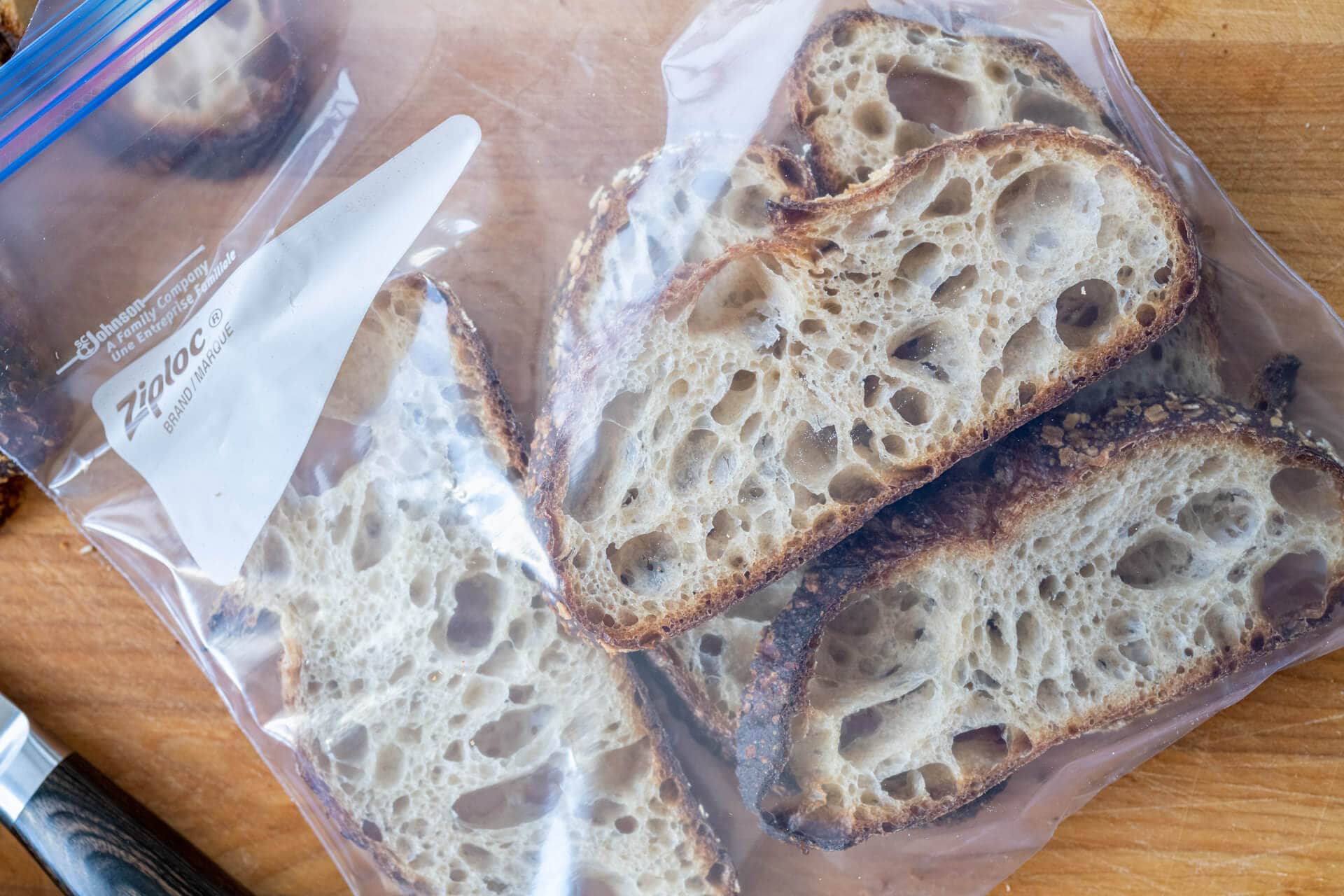
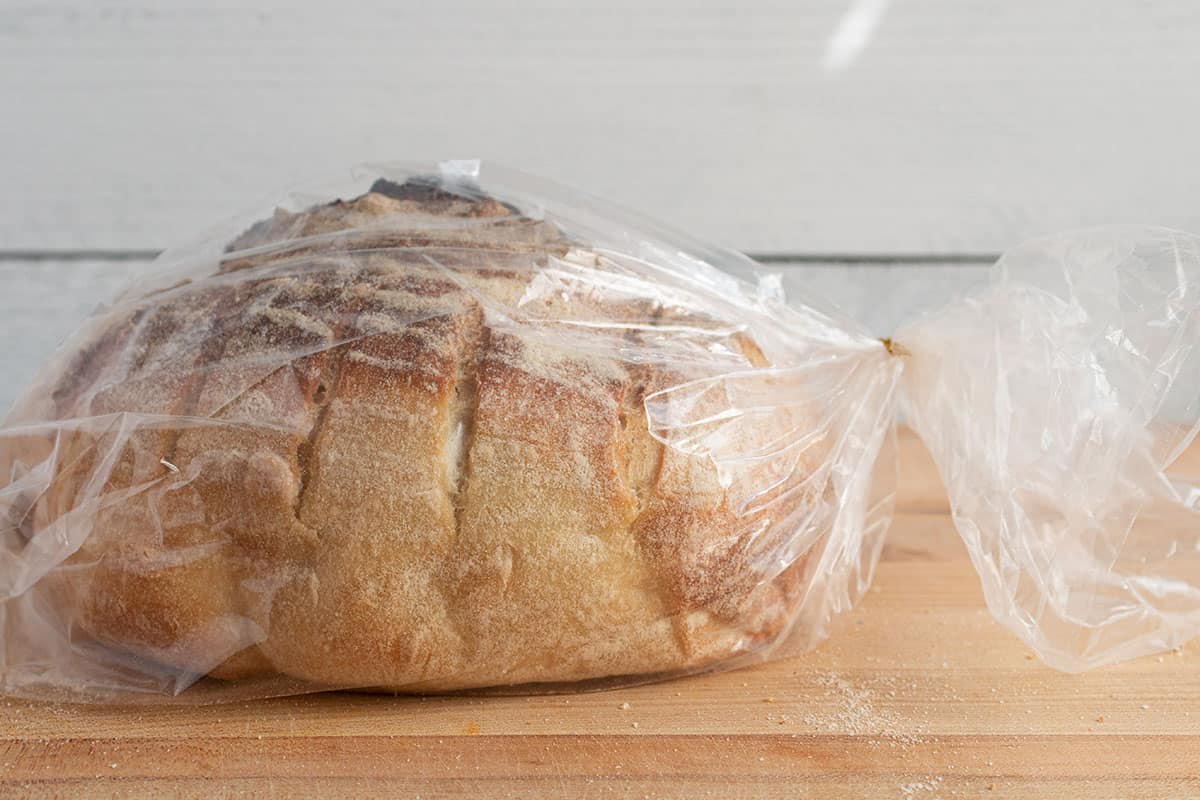
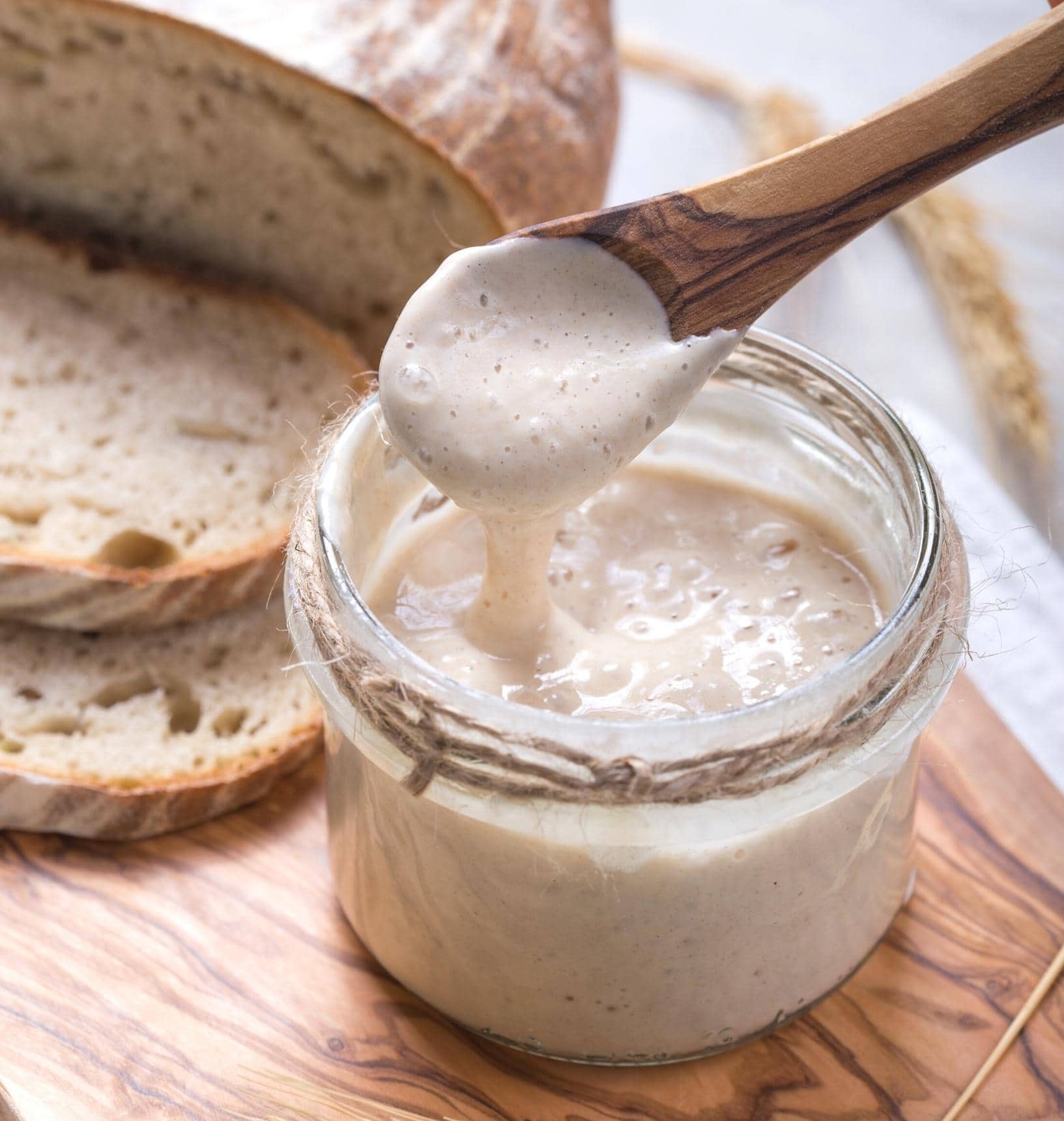

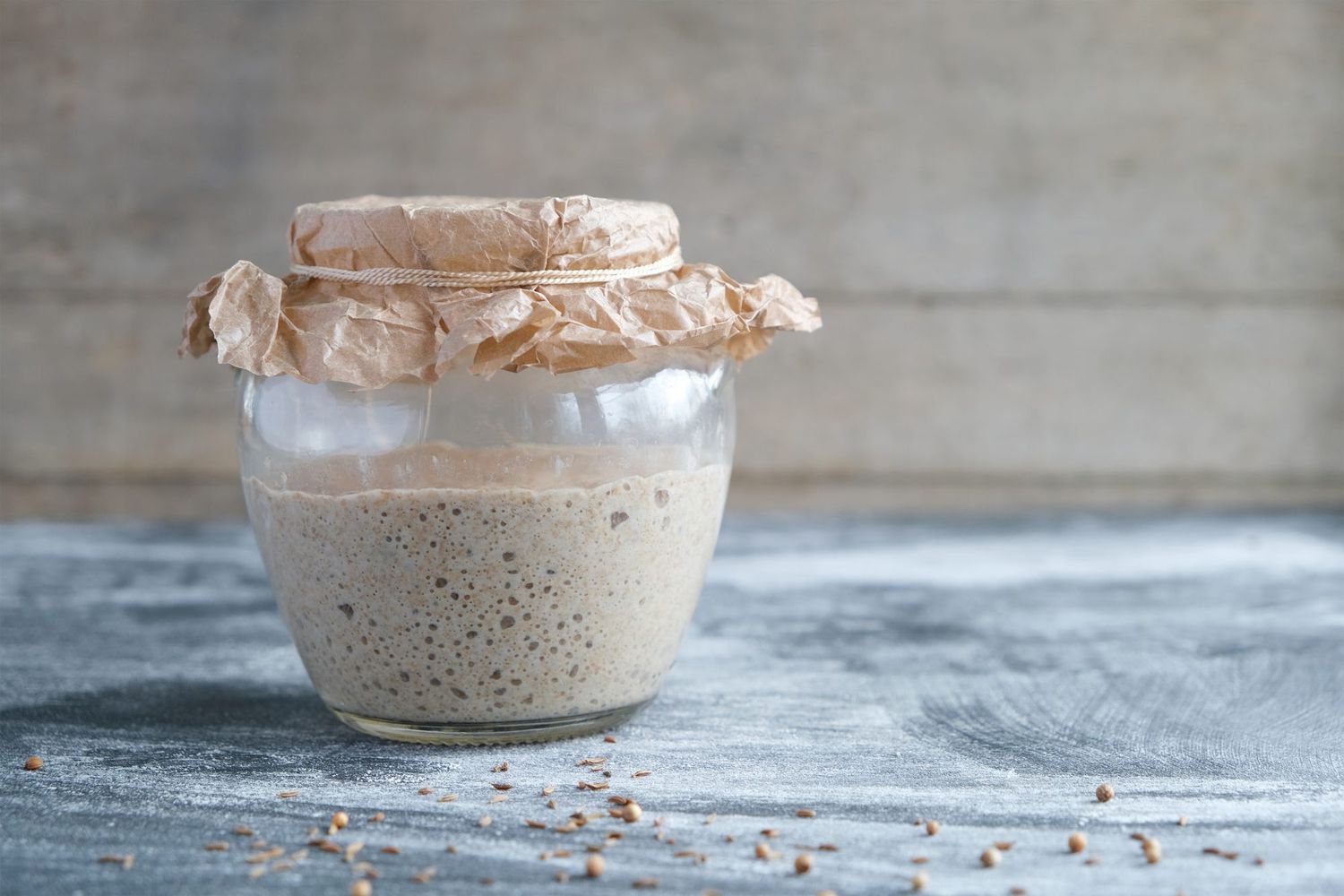
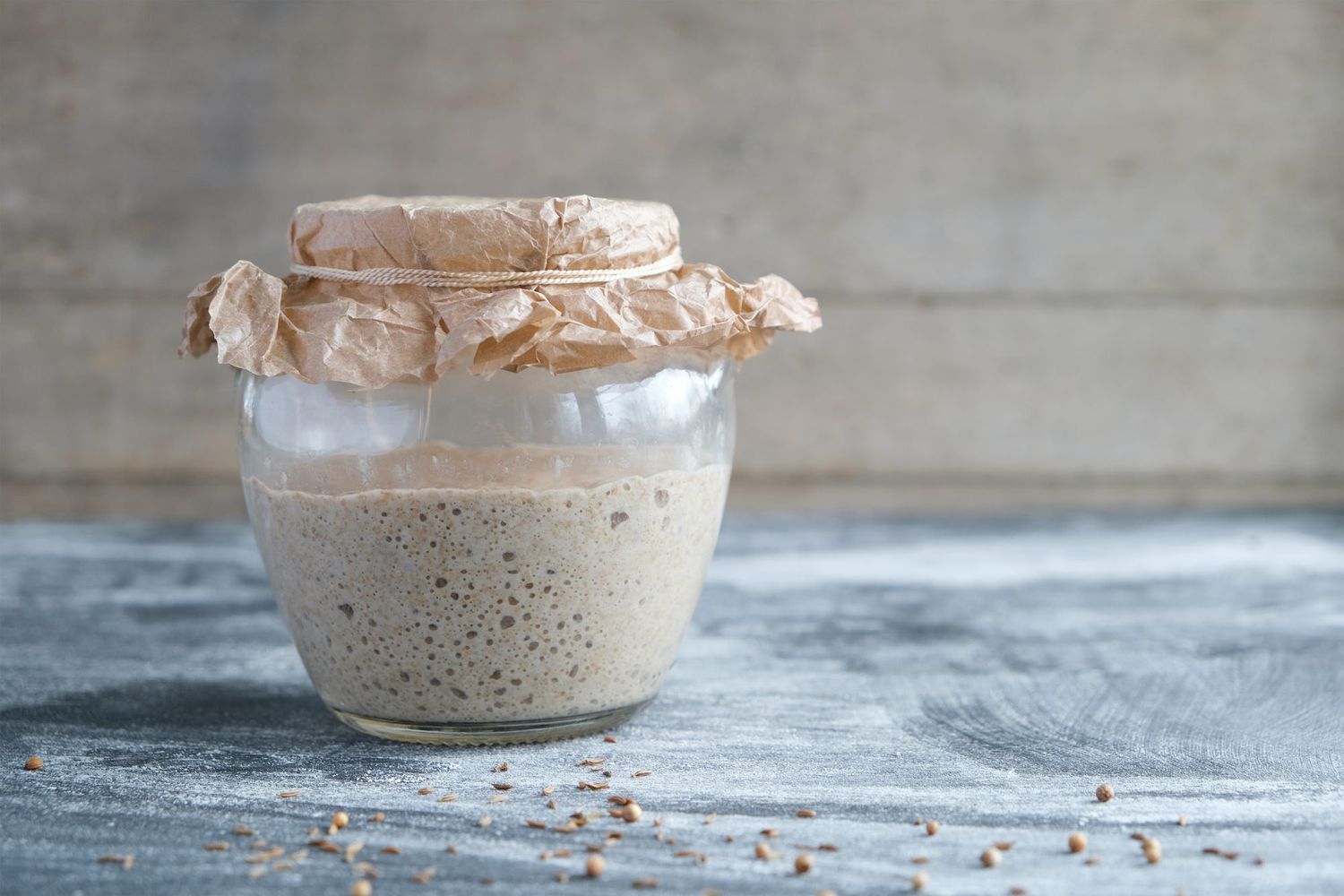
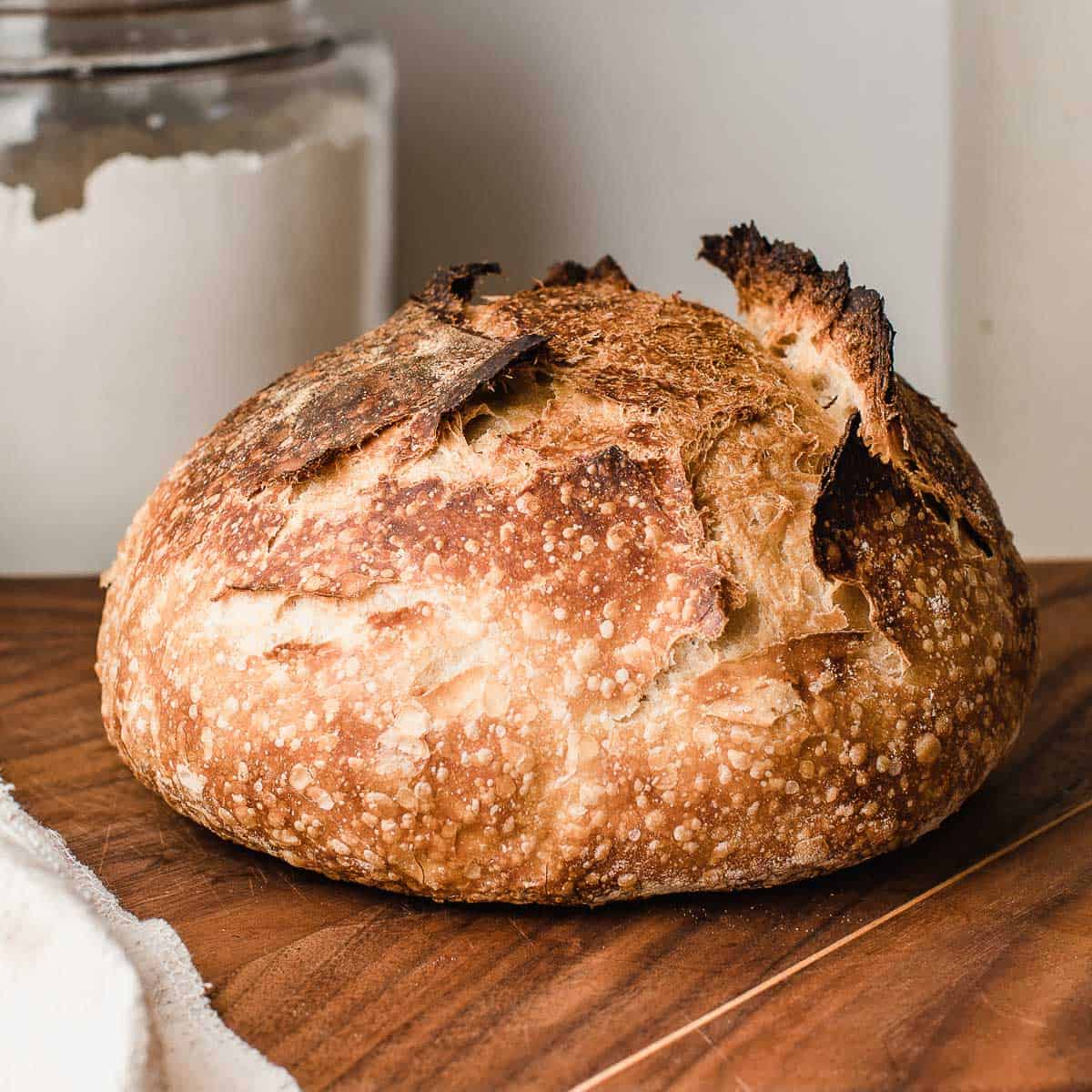
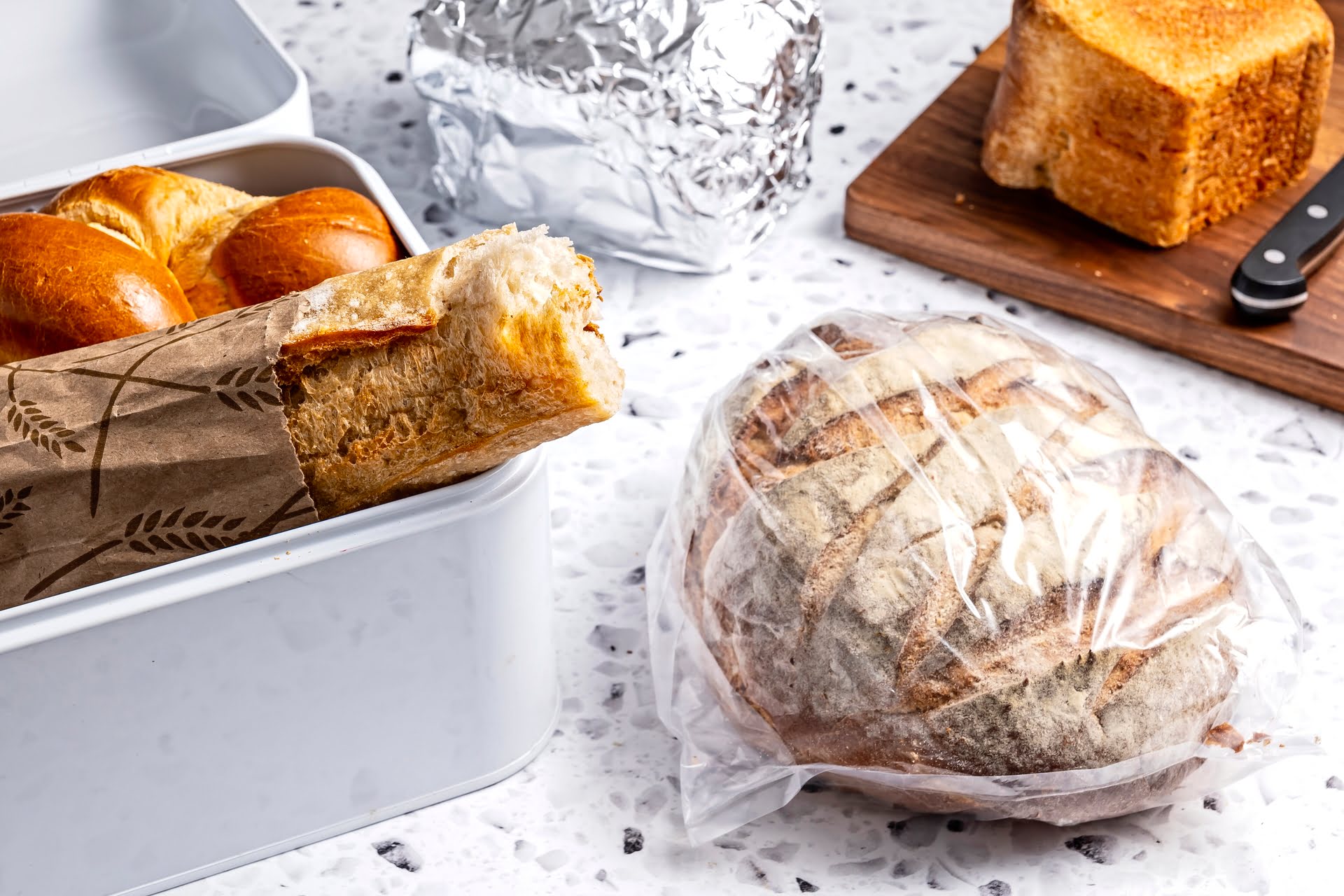



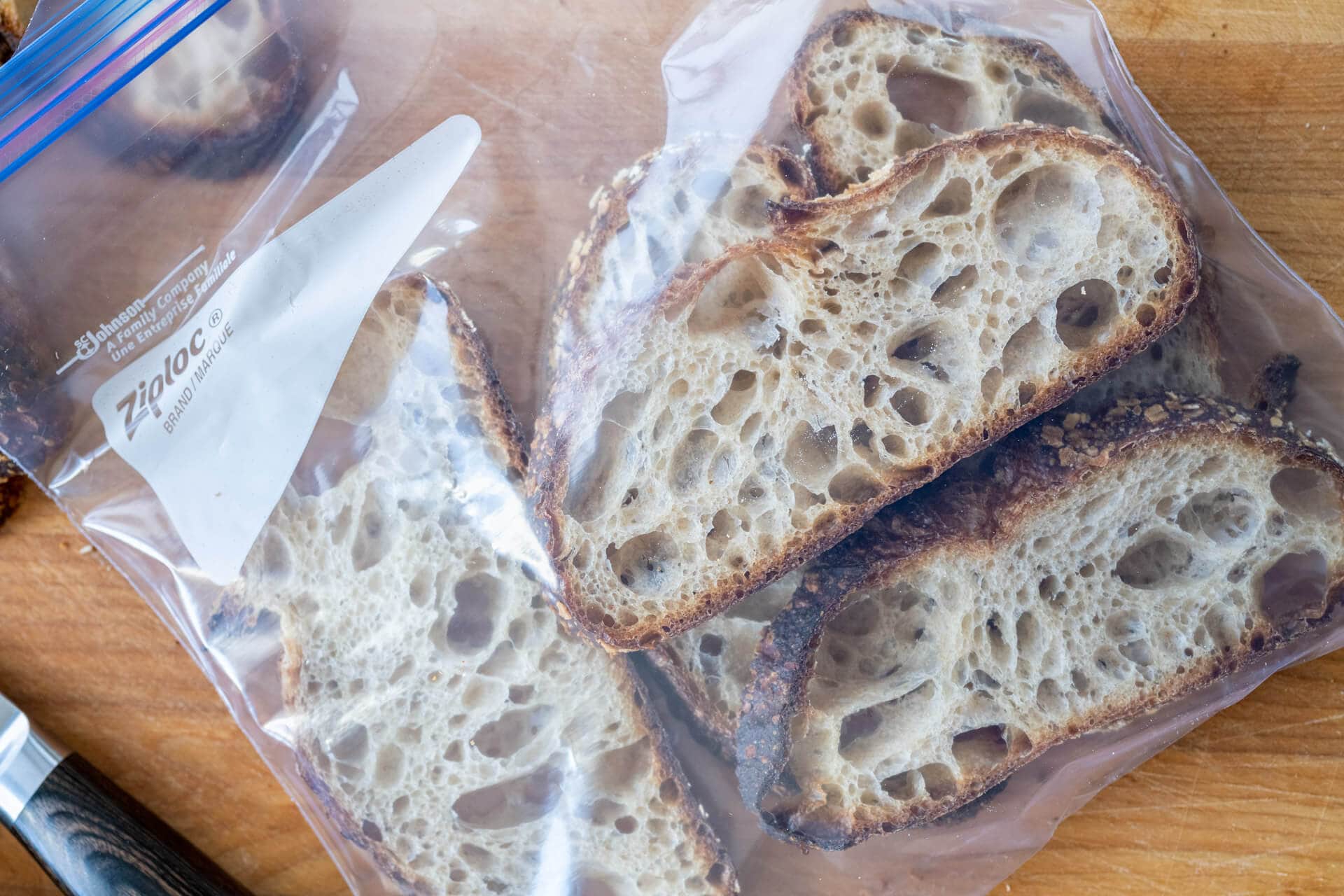
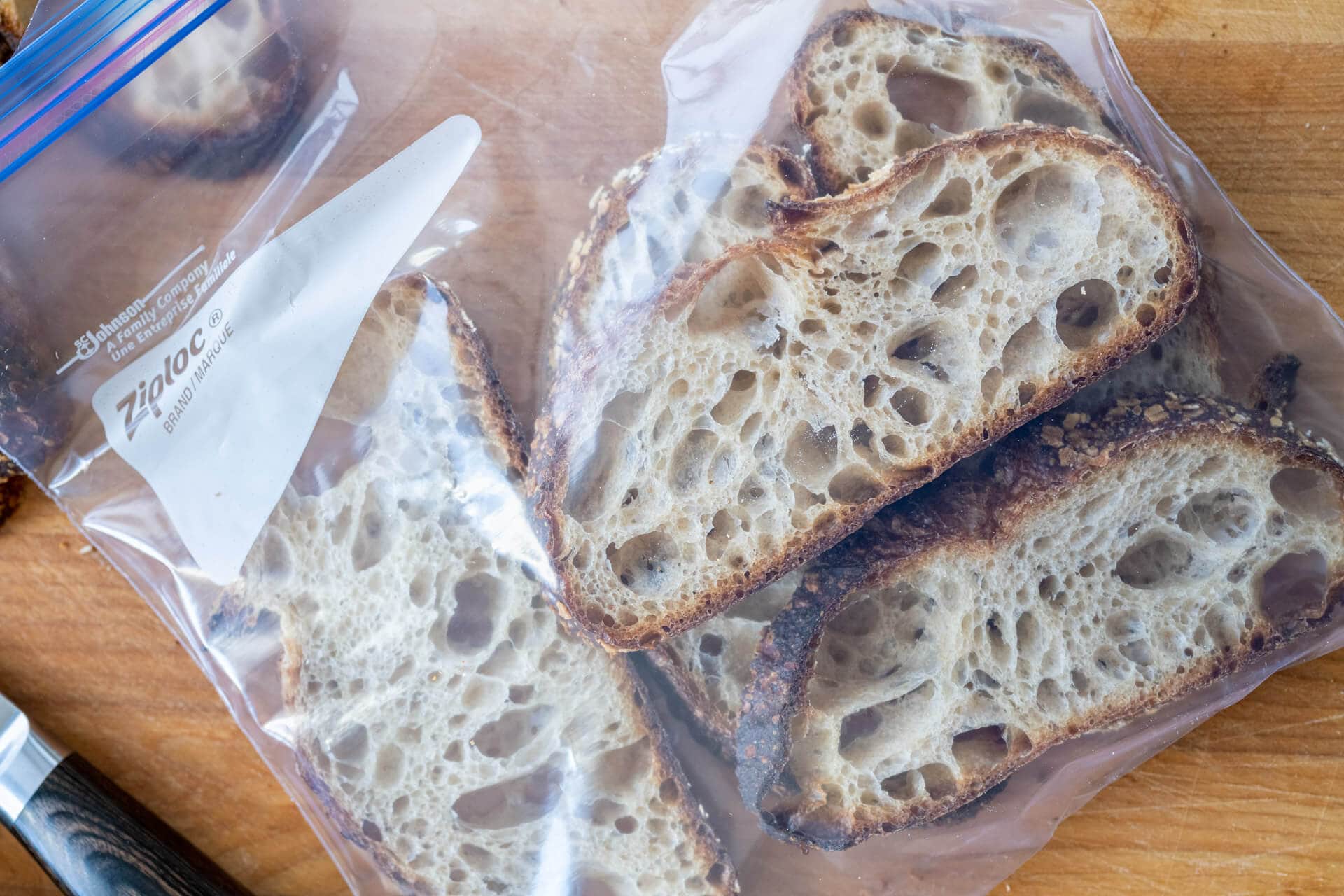
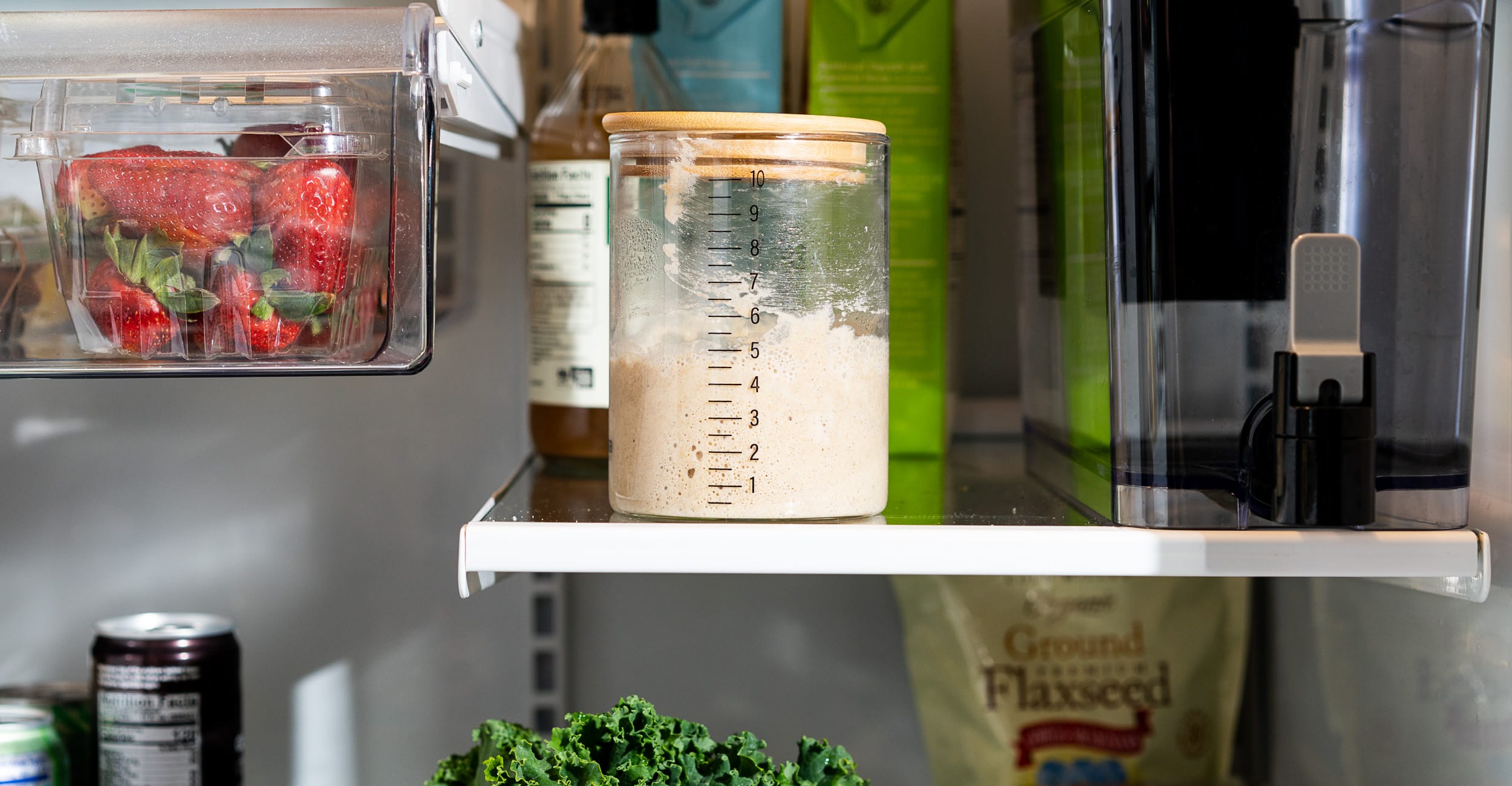

0 thoughts on “How To Store Fresh Sourdough”